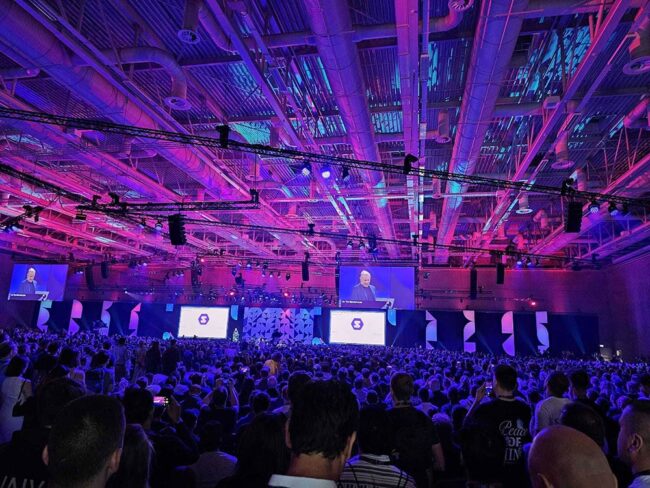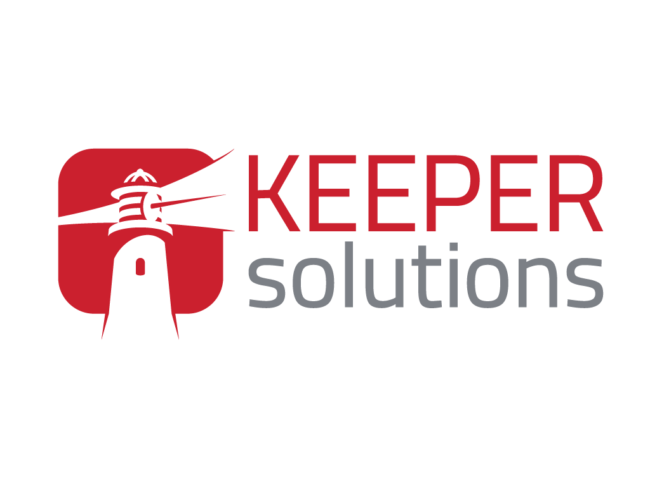Follows is an abstract from a recent article published by Stephen Walsh in the Cutter Business Technology Journal. For access to the full article use this link www.cutter.com/offer/privacy-regained-blockstack-template-new-internet
Blockchain protocols have the potential to facilitate a fundamental shift in the Internet business model from its current status, where the user is the product, to a future model, where the user is the customer and the user’s data always remains in the user’s control. The blockchain paradigm enables this shift in business model because it keeps user-specific data encrypted and visible only to the user who holds a private key. For example, on the Bitcoin blockchain, owners of Bitcoin addresses are not explicitly identified, but all transactions on the blockchain are public. The mask of privacy provided by cryptography allows the service provider access to only the minimum information required for the provision of the service.
A second dynamic at play is the distributed nature of blockchain. Each participant in a blockchain provides resources to that network in accordance with the needs of that particular blockchain — be it computing, storage, security, funding for development, or maintenance services related to the blockchain. The design of blockchain protocols (to varying degrees) ensures that no single participant has outright control of the blockchain. As such, there is a new governance model in which the rights of users, developers, and miners are balanced and distributed.
Thus, blockchain enables the emergence of a “New Internet,” in which users pay for access to limited resources by means of tokens that have monetary value. These tokens may be accumulated by founders and early-stage developers; they may be allocated to early adopters to incentivize a particular activity that helps grow the network; or they may be purchased during an initial coin offering (ICO) or on an ad hoc basis by users wishing to access services. Tokens may have differing functions at different phases of the network’s development, but generally are designed to provide appropriate incentives to the parties to the network: entrepreneurs, developers, users, and miners.
For more details on the Blockstack architecture, see whitepapers at https://blockstack.org/
Walsh, Stephen. “Privacy Regained: Is Blockstack the Template for a New Internet?” Cutter Business Technology Journal, vol. 31, no. 4, ser. 2018, 18 May 2018, pp. 22–27. 2018, www.cutter.com/offer/privacy-regained-blockstack-template-new-internet.
Stephen Walsh is a technology entrepreneur from Ireland. He is CEO of Keeper Solutions, a software services firm that provides outsourced development services to clients in the UK, US, and Ireland. Mr. Walsh’s background is in banking systems, software services, and outsourcing, and he has played key roles in Misys, Perot Systems, and Dell. He can be reached at stephen@keepersolutions or on Twitter @keepersolutions.
If you’re interested in working with blockchains, or specifically with Blockstack, get in touch with us. We’re building a Blockstack capability in Keeper Solutions and are reaching out to clients to work on related development projects. Look forward to hearing from you info@keepersolutions.com



